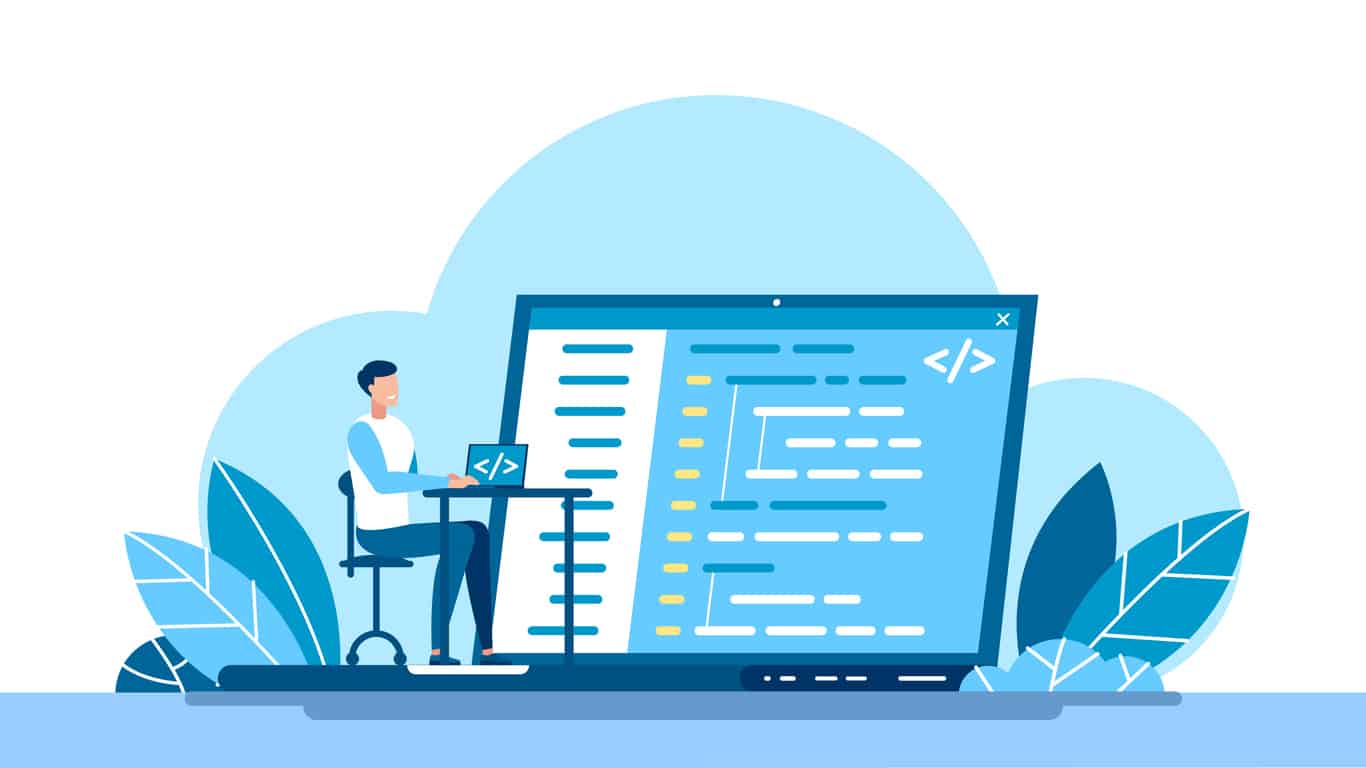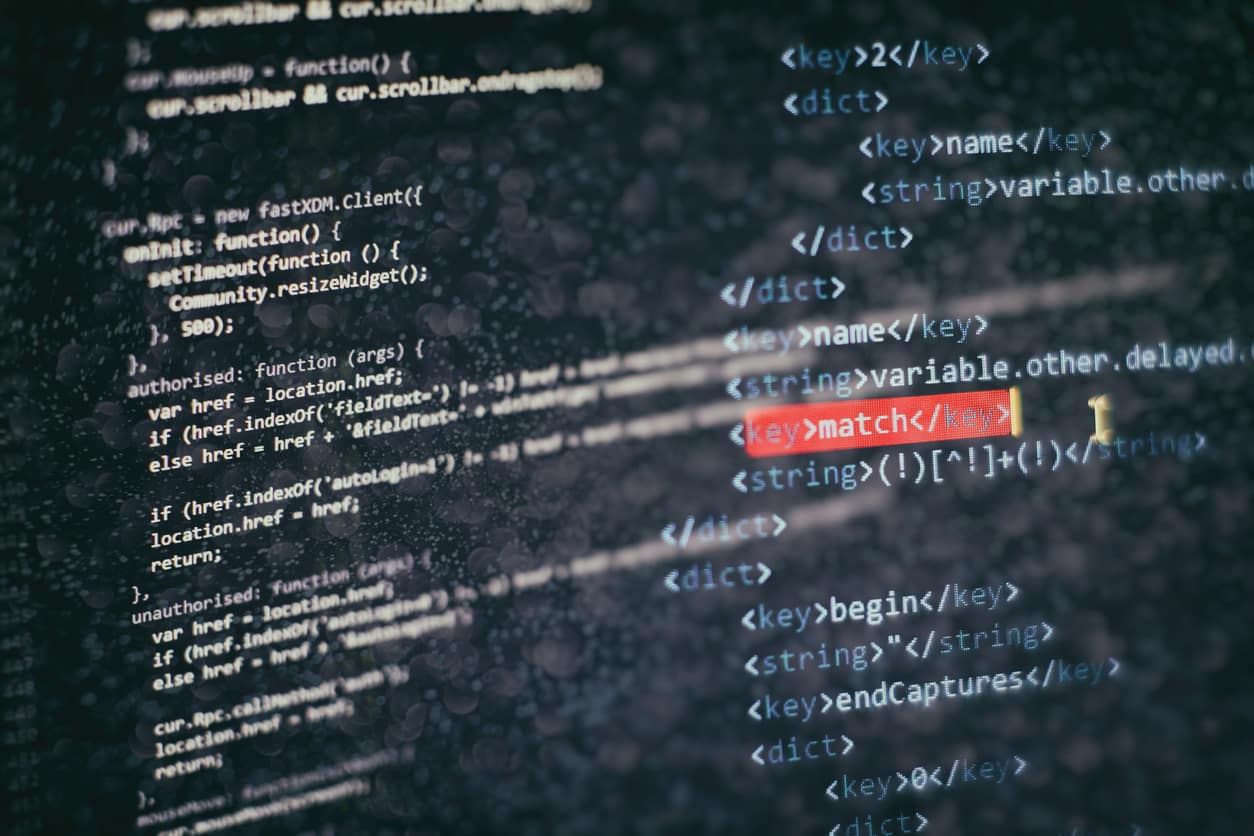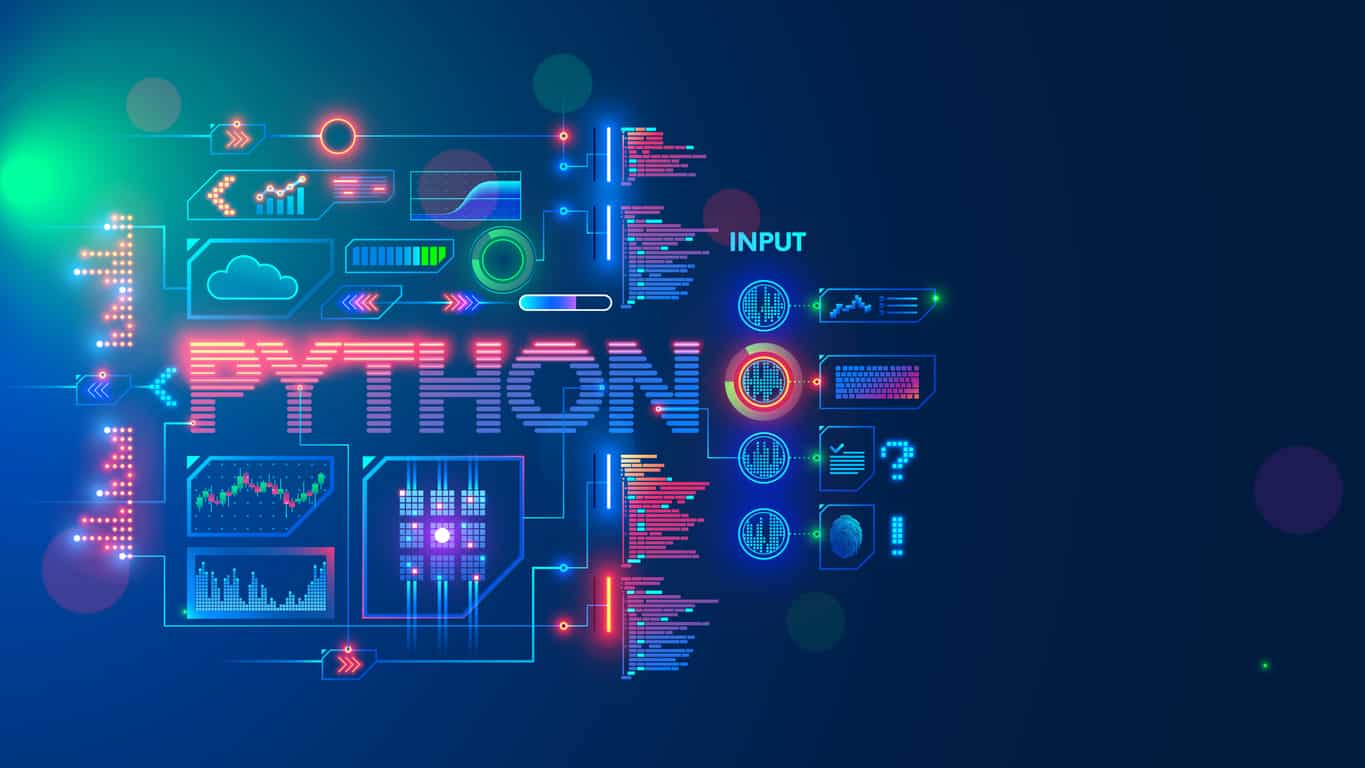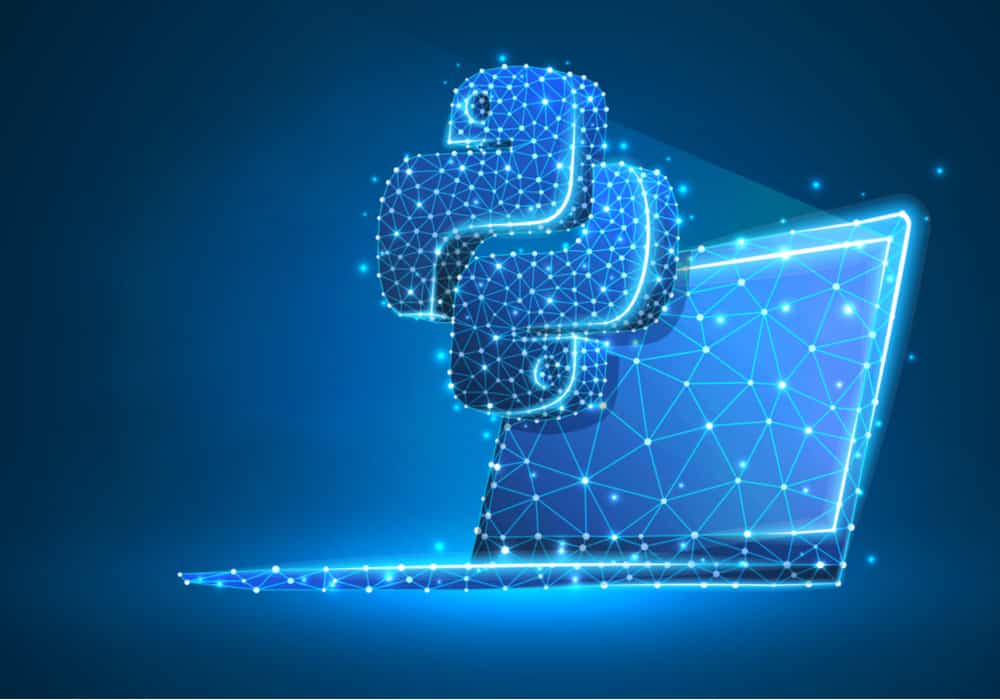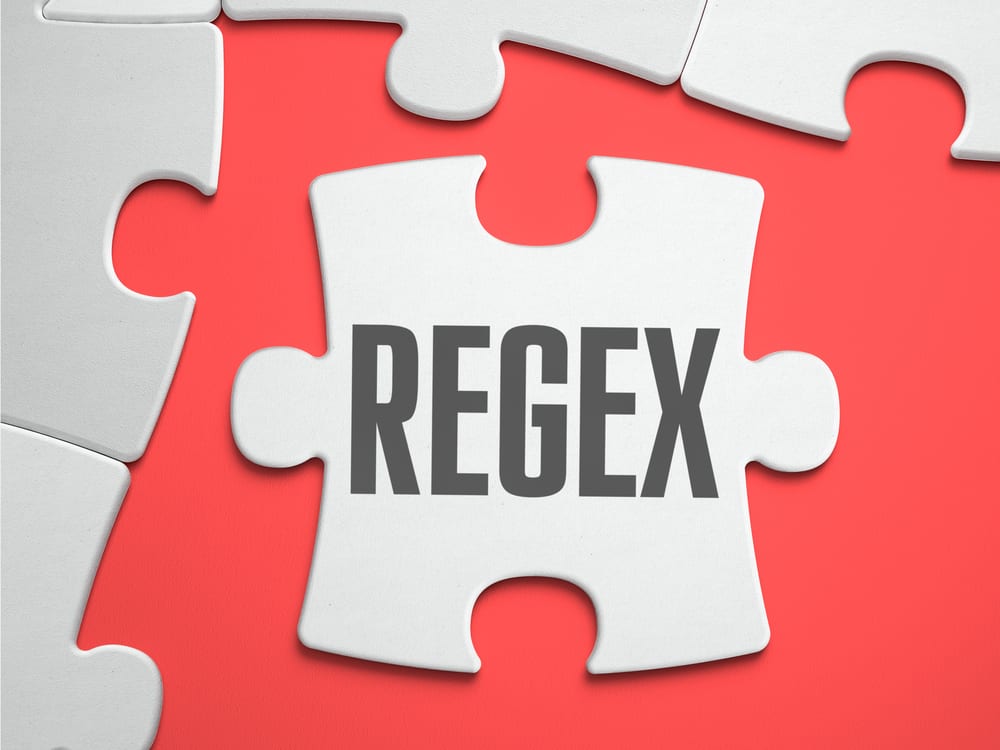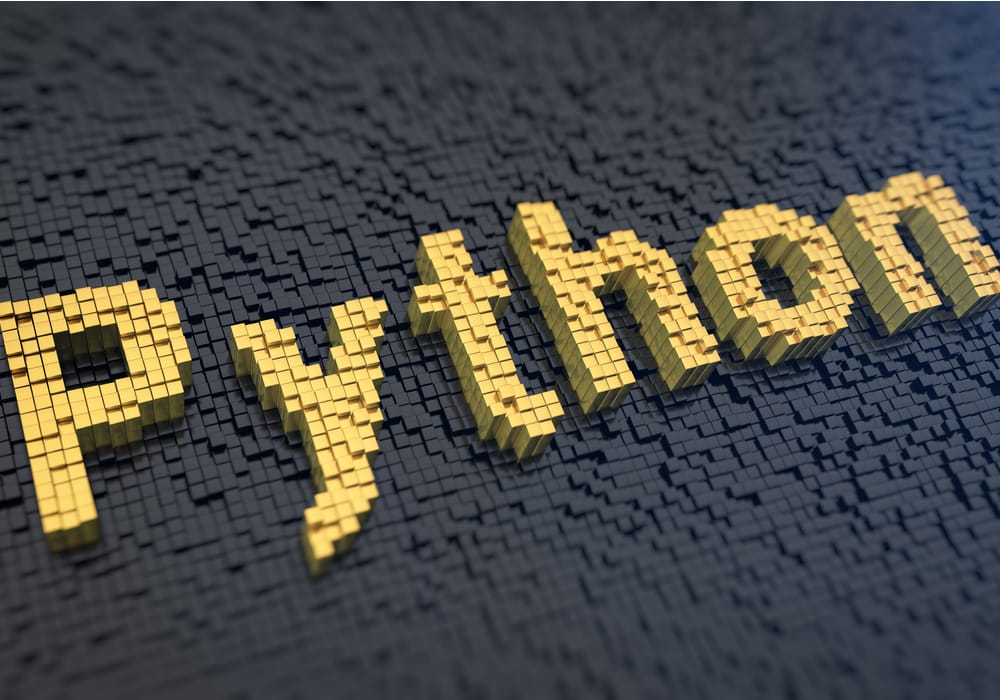Introduction
Everyone knows that in this world inventions happen to fulfil needs. In this context, it would not be wrong to say that the invention of Python has started a revolution in the world of coding. The simplicity and ease of Python coding have won the hearts of the coding masters, that's why today everyone is crazy about it, whether they are experienced or especially novices.
Nowadays, in coding, Python is considered a popular programming language for beginners. As a powerful and extremely versatile programming language, it is used almost in every industry now and for many different types of coding projects.
So, learning Python could be a better choice for someone who is just beginning to learn a programming language because the first thing, it is easy to learn and the second thing, it is highly in demand in the industry.
Python's journey from its invention (1991) till now has been very long and during this time many versions of it have been released. Python 3 is currently in use and it was invented to overcome some of the shortcomings of Python 2.
Although Python 2 is almost outdated, it is still used today by some software professionals due to some of its special features. Now let us understand the difference between python2 vs python 3. Python 3 has been invented and Python 2 despite being outdated is still in use. Both things are enough to confuse the new developers about what to learn, Python 2 or Python 3.
Simply asking, the answer is Python 3 but Python 2 still has some significance in the coding field.
We came up with this article to help in this regard. This article includes all the important aspects of both languages to understand the differences between the languages. By reading this article carefully, it would be easy to decide what to choose, Python 2 or Python 3.
In this course, you will learn the fundamentals of Python: from basic syntax to mastering data structures, loops, and functions. You will also explore OOP concepts and objects to build robust programs.
So, let's start reading and understanding the succeeding paragraphs mentioned:
What Is Python 2?
The development of Python 2 enabled the programmers to make the code development process easier as compared to the earlier versions. Due to the invention of Python 2, the implementation of technical details of the Python Enhancement Proposal (PEP) could have become possible. Python 2.7 was the last version of the 2. x series and it was discontinued in 2020. The following points will give more insights into Python 2:
1. Aim
The main aim of bringing Python 2 into existence is to make programming simple and easy to learn for the common people who are willing to learn a programming language.
2. Development
Python 2.0 was created by Guido van Rossum, a Dutch programmer, who is famous as the creator of the Python programming language. It was released on Oct 16, 2000. Many major new features were introduced in it, such as a cycle-detecting garbage collector for memory management, list comprehensions, and support for Unicode.
What Is Python 3?
Python 3 is a newer version of the Python programming language. The main intention for creating Python 3 was to fix those problems programmers were facing while working in Python 2.
1. Aim
The main reason behind creating Python 3 was to rectify fundamental design flaws in Python's previous versions, 2.x series, because while retaining full backwards compatibility with the 2. x series, the implementation of the required changes was not possible. That's why Python 3 came into existence.
2. Development
Python 3 was developed by Guido van Rossum, a Dutch programmer, who is best known as the creator of the Python programming language. It was released in 2008. It was a major revision that is not completely backwards-compatible with earlier versions.
Python 2 vs Python 3: Differences
Based on the following parameters, the differences between Python 2 and Python 3 can easily be made out:
1. Year of Release
Python 2 was released in the year 2000 whereas Python 3 was released in the year 2008.
2. Print Keywords
In Python 2, print is a statement rather than a function, on the other hand, in Python 3, print is considered to be a function and not a statement.
3. Storage of Strings
In Python 2, strings are stored as ASCII by default whereas, in Python 3, strings are stored as UNICODE.
4. Division of Integers
In Python 2, the division of two integers resulted in an integral value. For example, 9/2 yields 4 in Python 2 whereas the division of two integers results in a floating-point value in Python 3. For example, 9/2 yields 4.5 in Python 3.
5. Exceptions
In Python 2, exceptions are used to enclose the notations, on the other hand, In Python 3, parentheses are used to enclose the exceptions.
6. Variable Leakage
In Python, if the global variables are used inside a for-loop, their values do change. Whereas, the value of variables never changes in Python 3.
7. Iteration
In Python 2, the xrange() function has been defined for iterations whereas in Python 3, to perform iterations, the new Range() function is introduced.
8. Ease Of Syntax
The syntax of Python 2 is more complicated as compared to the syntax of Python 3. Python 3 syntax is easy to understand.
9. Libraries
Python 3 is the future, therefore many developers are now creating libraries for the use of Python 3 strictly. The libraries created for Python 2 are now not forwards-compatible.
2.x library may be ported to 3.x but it can be a complicated task. It is not recommended for beginners.
10. Usage In Today’s Times
Since 2020, Python 2 has been outdated for use whereas Python 3 is still in use by the developers and is more popular than Python 2.
11. Backward Compatibility
It is possible to port Python 2 code to Python 3 but to do this a lot of effort is required. On the other hand, Python 3 is not backwards compatible with Python 2.
12. Application
The utilisation of Python 2 was done mostly to become a DevOps Engineer. Now it is no longer in use after 2020.
Python 2 vs Python 3: Examples With Code
1. Print Function
Since, in python 2 print is a statement so it will be written as print <output content>, whereas in Python 3 it works like a function, so here it is written as a print(<output content>) with the parentheses and the output inside the parentheses. Let's understand this with the following syntax:
Python 2
Python 2.x print statement usage: import sys
—---------------------------------------
print 'We are using Python version', sys.version[:3]
print 'Hello, beautiful World!'
print('Hello, beautiful World!') # For parentheses to work, a space needs to be added after the print keyword
print "I love", ; print 'coding'
print "The answer is", 7*2
print 16, # Trailing comma is used to suppress the newline
print # A newline is printed
print >>sys.stderr, "fatal error"
—---------------------------------------
Output: —--------------------------------------- We are using Python version 2.7 Hello, beautiful World! Hello, beautiful World! I love coding The answer is 14 16 fatal error —---------------------------------------
Now look at the same print statement in python 3.x and notice the difference:
Python 3
Python 3.x print statement usage:
import sys
—---------------------------------------
print('We are using Python version', sys.version[:3])
print('Hello, beautiful World!') #if parentheses are not used here it will throw a syntax error
print("I love",end="") ; print(coding')
print("The answer is", 7*2)
print(16,end=" ") #end = " " is used to append space instead of a new line
print() # A newline is printed
print("fatal error", file=sys.stderr)
—---------------------------------------
Output: —--------------------------------------- We are using Python version 3.8 Hello, beautiful World! I love coding The answer is 14 16 fatal error —---------------------------------------
Note: In Python 2, a Print statement ("print()") with parentheses will work, the reason is that here it is taken as a print statement followed by an (<expression>) in parentheses. On the other hand, in the case of Python, it will not work, and a syntax error will appear.
2. Integer Division
While evaluating integer values in Python 2, the output doesn't contain decimal values, it gives answers in round figures that create a problem further, whereas the output of Python 3 contains decimal values too and therefore it is considered as the exact output. Let's understand this with the following example:
Python 2.x division operator:
import sys
—---------------------------------------
print 'We are using Python version', sys.version[:3]
print '3 / 2 =', 3 / 2
print '3 // 2 =', 3 // 2
print '5 / 4.0 =', 5 / 4.0
print '5 // 4.0 =', 5 // 4.0
—---------------------------------------
Output: —--------------------------------------- We are using Python version 2.7 3 / 2 = 1 3 // 2 = 1 5 / 4.0 = 1.25 5 // 4.0 = 1.0 —---------------------------------------
Python 3.x division operator:
import sys
—---------------------------------------
print('We are using Python version', sys.version[:3])
print('3 / 2 =', 3 / 2)
print('3 // 2 =', 3 // 2)
print('5 / 4.0 =', 5 / 4.0)
print('5 // 4.0 =', 5 // 4.0)
—---------------------------------------
Output: —--------------------------------------- We are using Python version 3.8 3 / 2 = 1.5 3 // 2 = 1.5 5 / 4.0 = 1.25 5 // 4.0 = 1.0 —---------------------------------------
Note: One should be watchful while porting code from python 2.x to 3.x or vice versa, about evaluating the integer value because no errors appear during compilation and later, unexpected results may be faced as outputs.
3. Unicode Strings
Python 2 stores strings as ASCII by default and if strings are required to be stored as Unicode then the string is to be marked especially with "u", whereas python 3 stores strings as Unicode by default.
The conversion of strings to Unicodes is advantageous because the Unicode strings are more versatile than ASCII strings as they can store letters from foreign languages, emojis, the standard Roman letters and numerals. The following example will give more clear picture:
Python 2.x Unicode Strings:
import sys
—---------------------------------------
print 'We are using Python version', sys.version[:3]
print type('default string ')
print type(b'string with b ') #bytes and default both same in python 2
print type(u'string with u') #python2 supports Unicode as well
—---------------------------------------
Output: —--------------------------------------- We are using Python version 2.7 <type 'str'> <type 'str'> <type 'unicode'> —---------------------------------------
Python 3.x Unicode Strings:
import sys
—---------------------------------------
print('We are using Python version', sys.version[:3])
print(type('default string ')) #unicode
print(type(b'string with b ')) #bytes and default both different in python 3
—---------------------------------------
Output: —--------------------------------------- We are using Python version 3.8 <class 'str'> <class 'bytes'> —---------------------------------------
4. Error Handling
A new keyword "as" is introduced in Python 3. It is mandatory in Python 3 and if not specified, Python 3 will generate an error. Let's see the sample code below for a better understanding:
Python 2.x Error Handling:
import sys
—---------------------------------------
print 'We are using Python version', sys.version[:3]
try:
Some_invalid_code
except NameError, err:
print err, 'Error Caused' # This statement Won't work in Python 3.x
—---------------------------------------
Output: —--------------------------------------- We are using Python version 2.7 name 'Some_invalid_code' is not defined Error Caused —---------------------------------------
Python 3.x Error Handling:
import sys
—---------------------------------------
print('We are using Python version', sys.version[:3])
try:
Some_invalid_code
except NameError as err: # 'as' is required here in Python 3.x
print (err, 'Error Caused')
—---------------------------------------
Output: —--------------------------------------- We are using Python version 3.8 name 'Some_inva lid_code' is not defined Error Caused —---------------------------------------
5. Xrange
Instead of the "xrange()" function of Python 2, in Python 3, the "range()" function is used with the incorporation of the behaviour and properties of xrange() it. The speed range() function is faster than the xrange() function. Let's have a look at the following example:
Python 2.x xrange:
import sys
—---------------------------------------
print ' We are using Python version ', sys.version[:3]
for x in xrange(1, 5): #slower but memory optimal
print x,
print #prints next line
for x in range(1, 5): #faster but takes up memory
print x,
—---------------------------------------
Output: —--------------------------------------- We are using Python version 2.7 1 2 3 4 1 2 3 4 —---------------------------------------
Python 3.x range:
import sys
—---------------------------------------
print('We are using Python version', sys.version[:3])
for x in range(1, 5): #if you replace range with xrange here it will throw an error
print(x,end=" ")
—---------------------------------------
Output: —--------------------------------------- We are using Python version 3.8 1 2 3 4 —---------------------------------------
6. Raising Exception
The syntax used to raise an exception is modified in Python 3. Look below at the syntax of Python 3 and Python 2 Below for raising exceptions.
Python 3.x syntax:
—---------------------------------------
raise IOError(“error message”)
—---------------------------------------
The above syntax will work correctly in python 3.x. Now, look at the syntax below for Python 2.x.
Python 2.x syntax:
—---------------------------------------
raise IOError, “error message”
—---------------------------------------
The above syntax will not work in Python 3, instead, the system will throw an error because the syntax is not closed within parentheses.
Which Version Is Better? Python 2 vs Python 3
One of the most prominent questions that may arise in the mind after reading this article till this point is which Python version is better to start learning Python programming language and also work on Python projects for beginners to get hands-on.
Python 2 vs Python 3? If this article has been read carefully with proper attention then it is not difficult to answer this question. Python 3 truly emerges as a winner version of Python without any doubt as compared to its counterparts.
The following points may narrate why Python 3 is a most demanding and highly preferable language at present than Python 2:
- The first thing is that Python 2 has been outdated since 2020 and Python 3 has earned immense popularity amongst the developers, and not only this, it has shown way to the novice programmers who were in dilemma about what programming skills they should have to pursue programming.
- As compared to its counterparts, especially Python 2, Python 3 is a quite readable, easy to understand, and extremely popular language.
- Python 2 has run out of the current stream. It is being used only if some legacy code has been written in Python 2 or when a company wants to migrate Python 2 code into Python 3.
- Current believable statistics revealed that the programmers now lost their interest in Python 2 and their lean is only towards Python 3. This shows that Python 3 has won the race against Python 2.
Also, check out python for android course to learn the fundamentals.
Conclusion
With this, we came to the end of this article and we are sure that while studying this article, you might have felt yourself connected with each corner of it throughout this educational journey period.
In this article, we have provided every important aspect of both the languages to help you to find out the differences between both the languages in a better way. This will help you to make out what you should choose, Python 2 vs Python 3. Choosing Python 3 may be a better choice.
If you have any queries related to this topic, please feel free to write to us, our dedicated "Greatlearning team" is always ready 24*7 to help you out in this regard. You can also explore our website where you will find many free online courses related to Python. You can enrol yourself, we assure you that we will not leave any stone unturned to make you a good programmer. Some of the free recommended courses for you are listed below:
Embarking on a journey towards a career in data science opens up a world of limitless possibilities. Whether you’re an aspiring data scientist or someone intrigued by the power of data, understanding the key factors that contribute to success in this field is crucial. The below path will guide you to become a proficient data scientist.
